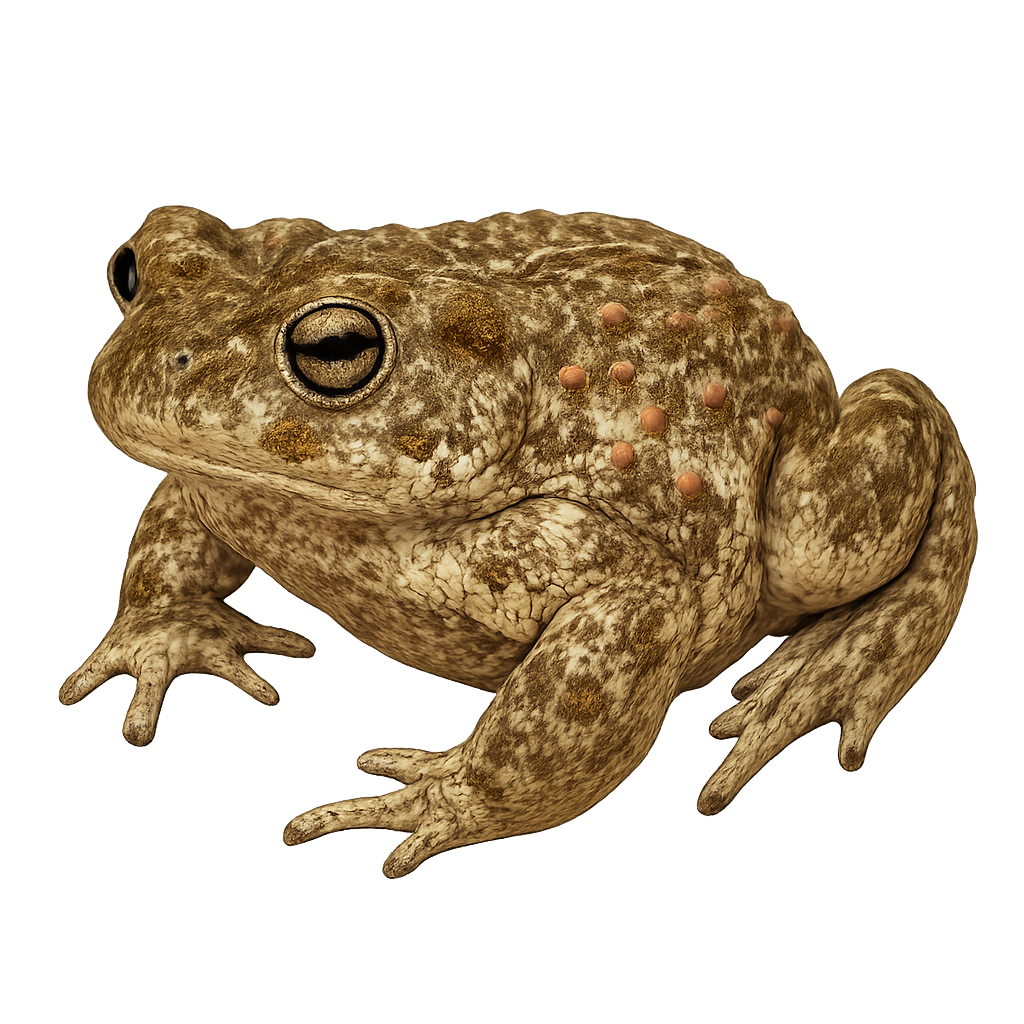Your wildlife photography guide.
Explore the yellow-bellied toad in detail, study its behavior, prepare your shots.
Where to observe and photograph the yellow-bellied toad in the wild
Learn where and when to spot the yellow-bellied toad in the wild, how to identify the species based on distinctive features, and what natural environments it inhabits. The WildlifePhotographer app offers tailored photography tips that reflect the yellow-bellied toad’s behavior, helping you capture better wildlife images. Explore the full species profile for key information including description, habitat, active periods, and approach techniques.
Yellow-bellied toad
Scientific name: Bombina variegata

IUCN Status: Least Concern
Family: BOMBINATORIDAE
Group: Amphibians
Sensitivity to human approach: Very shy
Minimum approach distance: 2 m
Reproduction period: November to January
Incubation: 6–15 jours
Births: November to January
Habitat:
Temporary shallow wetlands, ponds and ditches at forest edges and meadows
Activity period :
Mainly active at night, generally discreet during the day.
Identification and description:
The yellow-bellied toad is a small amphibian 30–40 mm long, with olive-brown dorsal coloration and bright yellow belly mottled with black. It inhabits temporary shallow wetlands at forest edges and meadows, feeding on insects, spiders and worms. During breeding, males emit high-pitched calls near shallow pools and females lay clusters of eggs on aquatic vegetation.
Recommended lens:
Macro – adjust based on distance, desired framing (portrait or habitat), and approach conditions.
Photography tips:
Position yourself near temporary ponds, crouch at ground level and wait for males calling at the water’s edge. Photograph early morning with a shallow depth of field to isolate the subject and a fast shutter speed to freeze its sudden movements.
The WildlifePhotographer App is coming soon!
Be the first to explore the best nature spots, track rutting seasons, log your observations, and observe more wildlife.
Already 1 430 wildlife lovers subscribed worldwide

